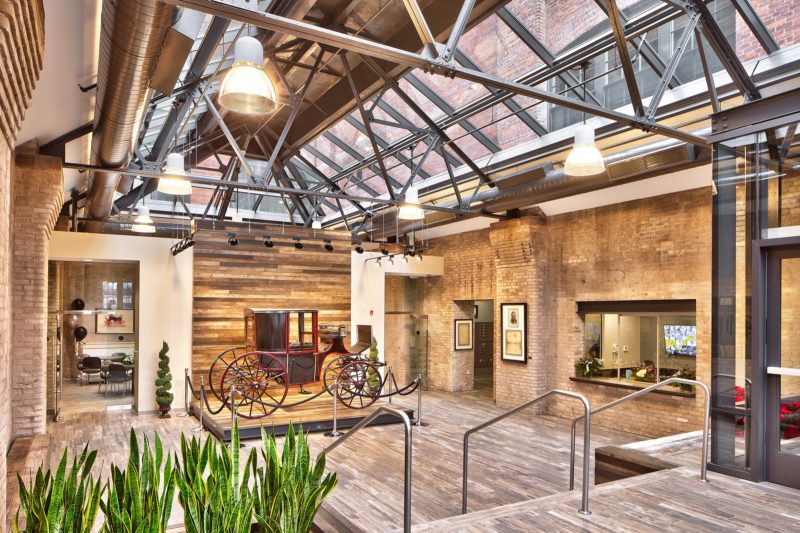Our Western New York cities were once among the great and powerful: they were national centers of industry and commerce. They evoked in their community’s strength, pride and civic spirit. In the mid to late 20th century, primarily due to economic realignment and suburban flight, these urban centers saw a drastic decrease in the use of factories, churches, and schools. These structures of the recent past lost their people and therefore lost their purpose.
These buildings reflected a sense of emptiness and desolation in city neighborhoods often becoming centers for vagrants and crime, and in turn reduced property values.
Recently, however, downtown atmospheres have started to shift. There is a new energy and renewed hope that we see every day. Our cities are reemerging and being seen as great places to live, work and raise a family!
A dramatic agent of change for our downtown urban core is an investment in well-designed affordable and supportive housing. Those who qualify can live in beautifully designed apartments close to public transportation which connects them to jobs, social services, medical care, friends, and family.
One trend in current affordable housing initiatives is adaptive reuse, which entails taking an older, vacant and often dilapidated building and repurposing it into new, affordable residences for seniors and families. When these abandoned buildings are redesigned into apartments, designed specifically for affordable and supportive housing, the entire neighborhood is transformed into a living, working environment where everyone can succeed.
This exciting process keeps a neighborhood grounded in its history; instead of tearing down and building new, it’s a reformation of the old. Often during construction, people visit the project site and reminisce – how their father used to work in this factory, how their aunt went to school in “that old building,” or how their entire family worshipped in that empty church. This connection to personal and neighborhood history is important, these buildings are important, and saving them is important.
An exciting part of adaptive reuse is our ability to salvage parts of these older buildings and utilize them into the redesign. It’s the ultimate in sustainability-being able to do things such as repurpose original wood flooring, reuse rolling steel fire doors or even repurpose old school black boards and use them in creative and fun ways. We did this recently at The Carriage Factory in the Susan B. Anthony neighborhood of Rochester. This over 100-year-old building has been turned into a new complex of 71-studio, one- and two-bedroom affordable and supportive apartments. This once bustling factory is now re-energized with new residents and a renewed sense of meaning for the community.
Affordable adaptive reuse housing projects bring life back to an area, financial resources back to the local marketplace, and safety back to the neighborhood. The results can be truly transformational for a person, a family, a neighborhood, and a city. Adaptive reuse is a means to positively impact lives and communities thru meaningful design.
Joe works with organizations to design affordable solutions which provide successful, cost-effective housing options and services that help people live more stable, dignified and productive lives.

